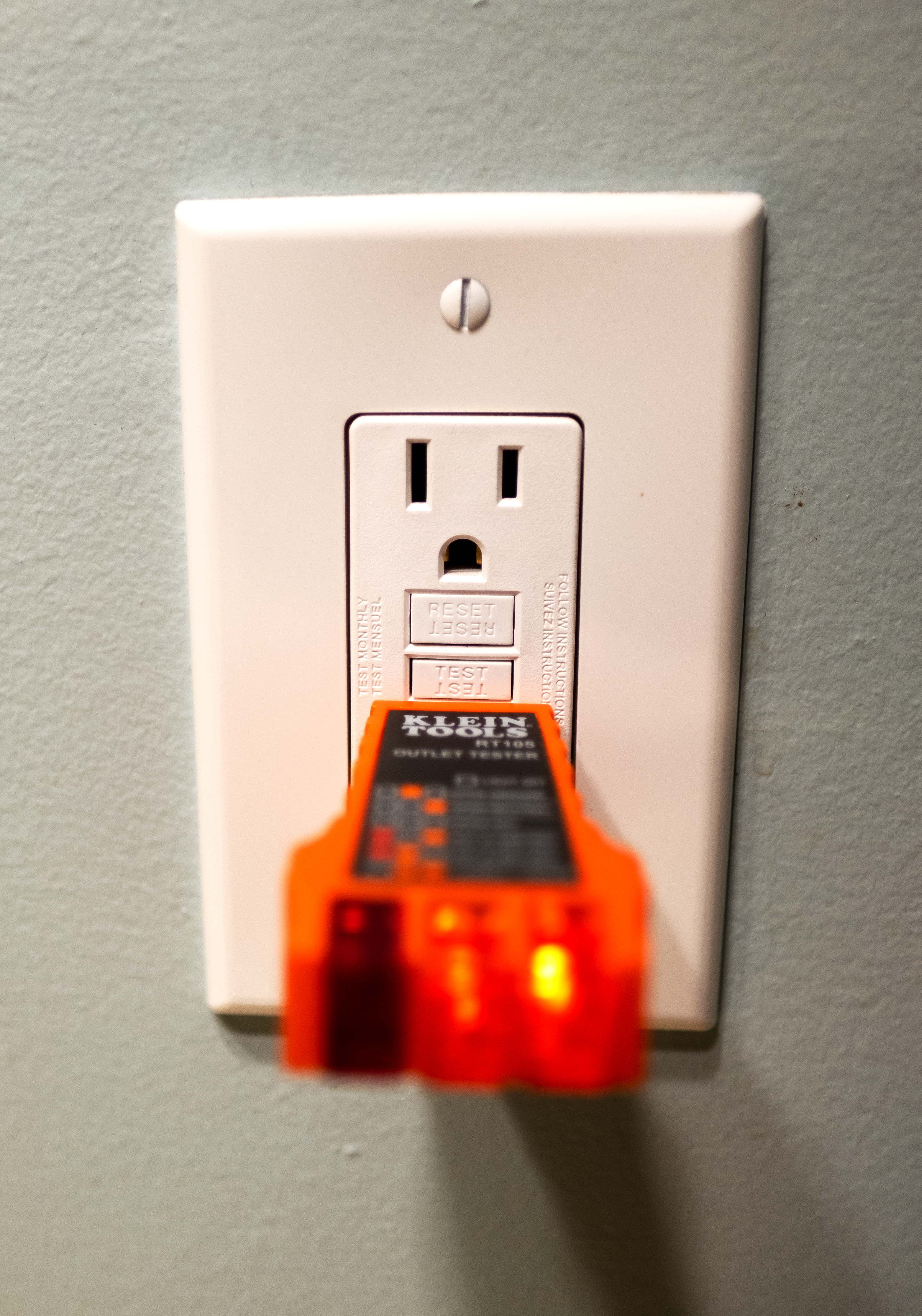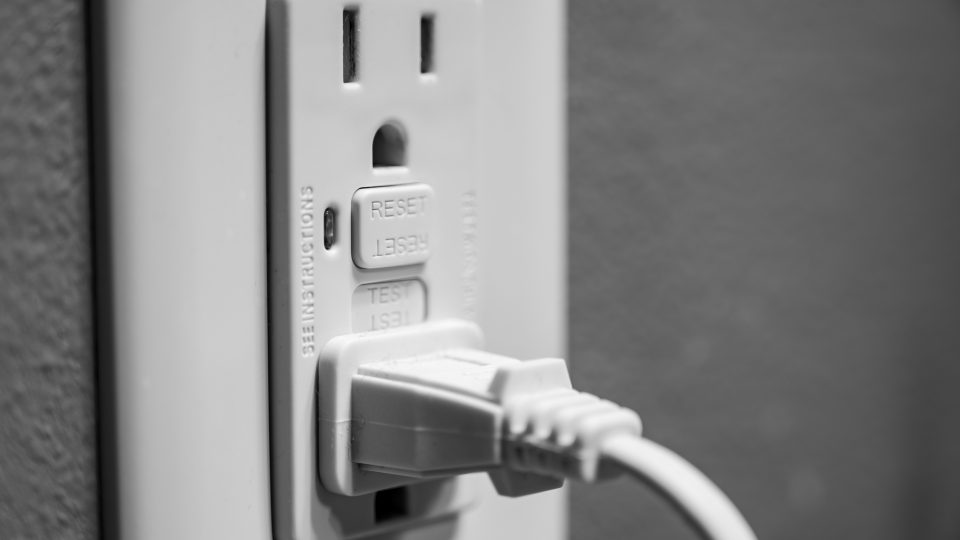The Consumer Product Safety Commission (CPSC) reports that nearly 400 electrocutions occur in the United States each year. Fortunately, technology exists that can prevent approximately 70% of these electrocutions. Ground Fault Circuit Interruption (GFCI) is a device that can be installed in an electric system or in a power cord that protects people from shock or electrocution. A “ground fault” is an unintentional electrical path between a power source and a grounded surface (think holding a bare live electric wire and standing barefoot in a puddle of water). Ground faults occur most often when electric equipment is damaged or defective and the live electric parts are no longer adequately protected from unintended contact. If your body provides the electric path to ground, you could be burned, severely shocked or electrocuted. Since moisture can make almost anything an electric conductor, GFCIs are required where water is readily available or present.

The types of GFCI devices commonly in use today are:
- GFCI Circuit Breaker – Installed by a licensed electrician. These are found in your electric panel and protect the wiring for that branch circuit and all the outlets and receptacles in that branch circuit against ground faults and circuit overloads.
- GFCI Receptacle – Installed by a licensed electrician or a consumer that has the knowledge and skills to undertake an installation that conforms to proper electric wiring practices and the GFCI manufacturer’s instructions. The GFCI receptacle can be installed in place of a standard receptacle and will protect against ground faults for whatever is plugged into the receptacle (and all other receptacles downstream of the GFCI protected receptacle).
- Portable GFCI – Installed by a manufacturer. These either resemble a multi plug adaptor or a power cord with an unusual plug. You might have seen or used a hair dryer with a special plug that has a GFCI built in (this is a portable GFCI). This type of GFCI device only protects against ground faults for whatever is plugged into the multi plug adaptor or the appliance that it serves.
GFCIs should be regularly tested.
All GFCI devices should be tested regularly (at least once a month or immediately after a power failure) to confirm that they are operating as intended. Testing should be performed according to the manufacturer’s instructions. If no instructions are available, you can perform a test by doing the following:
- Plug a lamp into a GFCI protected receptacle. Make sure it is working properly.
- Press the GFCI test button located on the circuit breaker or in the receptacle. Have the GFCI device replaced if there is no action at the GFCI or if the lamp stays on.
- If the lamp goes off; re-set the GFCI device. Have the GFCI device replaced if the lamp stays off after re-setting.
You can test an appliance with a built in GFCI device by plugging it into any operating outlet and pressing the GFCI test button at the multi plug adaptor or in the appliance power cord. If the appliance does not turn off after pressing the test button or does not come back on after re-setting the GFCI, you should replace the appliance or have it repaired by a qualified appliance repair technician.
Author: Michael Pistor
ASHI Certified Home Inspector
ValueGuard Home Inspections
Philadelphia, Pennsylvania
215-860-3150
www.valueguardinspections.com
Michael Pistor is a master home inspector with ValueGuard Home Inspections in Philadelphia, PA. He has been an accredited American Society of Home Inspectors (ASHI®) Certified home inspector for 17 years and has performed over 5,000 residential and commercial inspections. He has extensive professional experience in residential construction and remodeling. Mike has a BA Degree from University of Miami, and enjoys biking, gardening and cooking with his home-grown hot pepper sauce!
Copyright © 2019 ValueGuard Home Inspections

